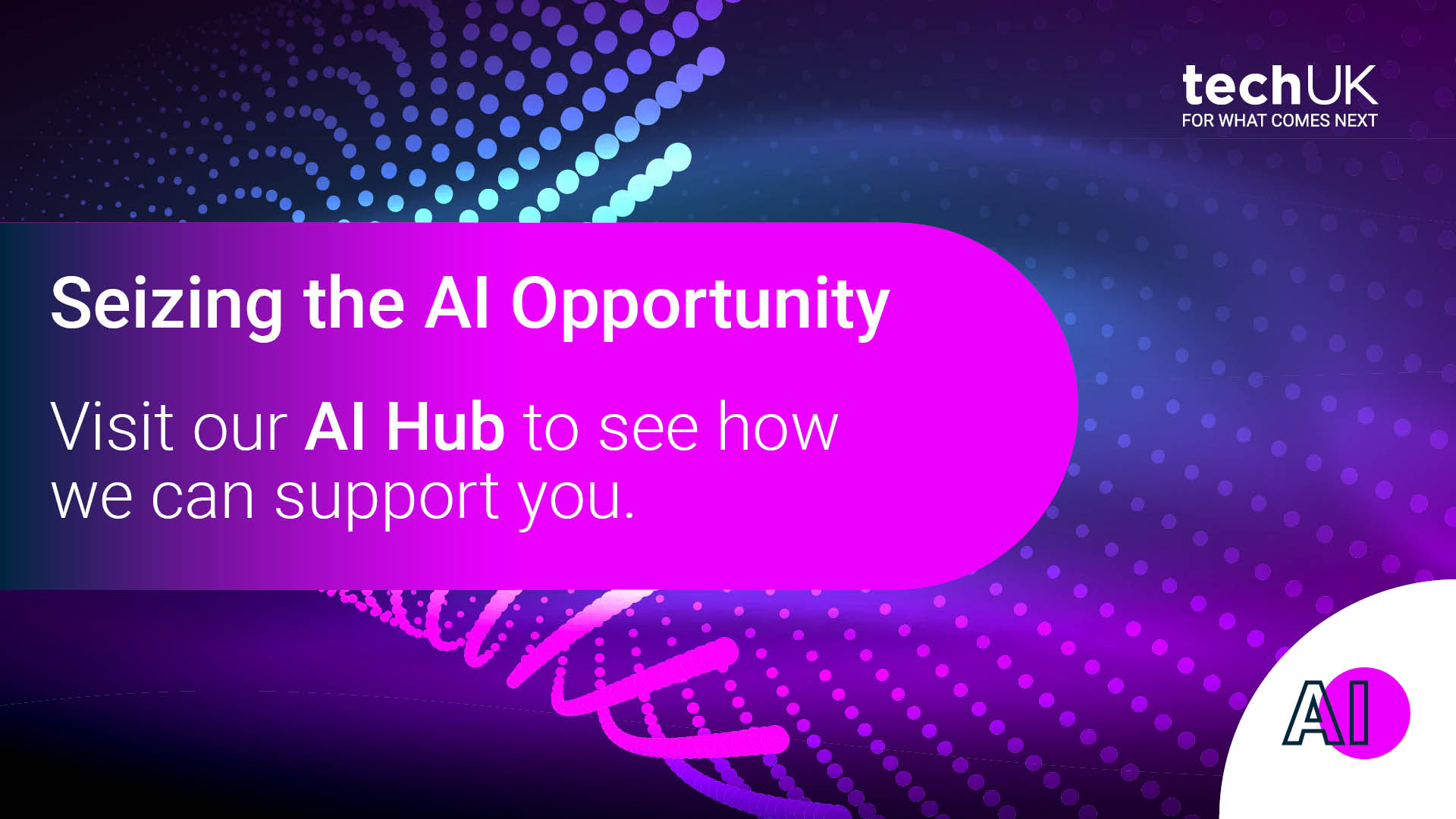The Rise of AI Voice Agents for Contact Centres
Conversational AI is quietly reshaping contact centres across industries. What began as a tool for automating basic queries is now maturing into something far more ambitious, voice AI agents that can understand, reason, take action, and respond with a natural human tone. But as more organisations experiment with voice-led customer service, a critical question emerges: What actually works in practice, and what remains hype?
This article explores how conversational AI is being used today, the frameworks behind it, where it struggles, and what’s coming next. It also reflects on the growing need for fine-tuned, task-specific AI agents, like Voyce AI, a product from Fliweel that is already in use across sectors including government bodies, hospitality, and health & wellness.
What’s changing?
The voice AI space is undergoing a rapid shift.
Recent advances in speech-to-text, large language models (LLMs), and synthetic voices now mean that machines can hold a conversation that feels surprisingly human. Gone are the days of robotic IVRs and rigid menus (“press 1 for…”). In their place, businesses are deploying conversational agents that listen, process meaning, and respond naturally, often faster than a human agent.
OpenAI, Google, Meta and others have pushed the technical frontier, but just as important is what’s happening in the enterprise ecosystem. The emergence of speech orchestration frameworks, open voice models, and standards like MCP (Model-Context Protocol) are giving businesses the building blocks to create highly integrated, responsive AI agents without writing thousands of lines of glue code.
But progress isn’t evenly distributed. While some organisations are successfully deploying AI agents into high-volume production environments, others are stuck in proof-of-concept mode. Understanding why and how to move forward is key to unlocking the value of voice AI.
What’s the challenge?
Many business leaders are excited by the idea of a voice assistant that answers every call, never sleeps, and handles routine requests perfectly. But implementing this in practice is complex.
Common issues include:
- Latency and interruption handling – even a half-second delay makes a call feel unnatural
- Context retention – remembering what a customer said two turns ago is hard
- System integration – if your AI can’t book an appointment, update a policy, or check process a payment, it loses value
- Generic performance – many voice agents are pre-trained but not fine-tuned for your business needs
There’s also the human side. Customers have little patience for clunky bots. They expect empathy, precision, and the option to speak to a person. Contact centre teams, meanwhile, worry about oversight, escalation, and quality control.
And then there’s the architecture. Many organisations are still using “cascade” framework to develop voice agents - speech-to-text, then large language model, then text-to-speech. This works, but adds friction. Newer end-to-end voice models are faster and more human-like, but still early in their development and harder to control. It’s a balancing act.
How is voice AI technology being used today?
Across industries, there are clear use cases where conversational voice AI is proving its worth:
-
Growth hub (business support hotline).
Caller: “I’m starting a limited company in Northampton, what grants can I get and how do I register?” The agent classifies the stage, checks postcode eligibility, emails tailored resources, and books a short adviser callback. Outcome: Case GH-10422 opened, links sent, 15-minute call booked for tomorrow with calendar invite; CRM updated.
-
Local government (bulky waste).
Caller: “Postcode MK7 1AA, need a sofa collected next week.” The agent confirms eligibility, quotes the fee, takes payment, and books the earliest slot. Outcome: BW-77219 for 20 Aug 08:00–10:00, receipt + SMS sent; crew route updated.
-
Insurance (first notice of loss).
Caller: “Rear-ended on the A5; policy PA-912347, reg AB12 CDE, no injuries.” The agent verifies identity, captures time/location/photos, checks cover, and books recovery/repair. Outcome: Claim CLM-584202 created, repair 15 Aug 10:30 Clapham; claim pack + upload link sent.
What ties these together is that they are high-volume, high-friction conversations that don’t require deep human empathy, but do benefit from speed and accuracy. These are the first tasks AI voice agents are being trusted with and in many cases, outperforming traditional IVR or overworked staff.
In one case, Voyce AI, developed by Fliweel, helped a Growth Hub provider reduce missed calls by 70% by deploying a 24/7 agent that could answer calls, qualify business support enquiries, and book appointments directly into their system. The agent was trained using real call data and deeply integrated with their booking platform. This wasn't a generic voicebot, it was a purpose-built agent designed to reflect the business’s tone, workflows, and operational needs.
What does good look like?
From our experience building and deploying voice agents with clients, here are some indicators of a mature, scalable solution:
- Real-time capability – low latency, natural turn-taking, and ability to handle interruptions
- Tool calling – the agent can trigger back-end systems like CRMs, calendars, or payment platforms
- Fine-tuning – models are adapted to real call transcripts, not just general-purpose prompts
- Ongoing evaluation – every call is logged, reviewed, and used to improve agent behaviour
- Fallbacks and escalation – a human handoff is always possible and well designed
And critically, it’s not built in isolation. The best results come when AI engineers, operations teams, and customer service leaders work together to design agents that reflect business processes and customer expectations.
What’s coming next?
The future of voice AI in contact centres isn’t just faster responses. It’s full task automation. With standards like MCP and advances in tool-use, AI agents will be able to not only answer questions, but execute multi-step actions booking, updating, verifying, paying during the call itself.
Agent assist will also mature. Many companies will first use AI to support human agents, summarising calls, offering real-time suggestions, and handling post-call notes. This generates high-quality data to train and fine-tune future agents.
And we’ll see a shift from “one-size-fits-all” bots to domain-specific agents built for a particular task, trained on a company’s language, and optimised for measurable outcomes. This is the space where Voyce AI is focused on building voice agents for the public and private sector that go beyond simple automation and become embedded in real operations, with measurable ROI.
Conclusion
The conversational AI landscape in contact centres is evolving from proof-of-concept to business-critical infrastructure. But success depends on more than just plugging in a voice model. It requires clear problem definition, robust design, integrated tooling, and most importantly, agents that are trained and refined using real conversations.
For companies that get it right, the payoff is significant: better customer experiences, lower operational costs, and the ability to scale services without scaling people. For everyone else, the gap is growing.
It’s not about replacing human contact, it’s about making it count.
Author :

Andy Paul
techUK - Seizing the AI Opportunity
The UK is a global leader in AI innovation, development and adoption.
AI has the potential to boost UK GDP by £550 billion by 2035, making adoption an urgent economic priority. techUK and our members are committed to working with the Government to turn the AI Opportunities Action Plan into reality. Together we can ensure the UK seizes the opportunities presented by AI technology and continues to be a world leader in AI development.
Get involved: techUK runs a busy calendar of activities including events, reports, and insights to demonstrate some of the most significant AI opportunities for the UK. Our AI Hub is where you will find details of all upcoming activity. We also send a monthly AI newsletter which you can subscribe to here.
Upcoming AI Events
Latest news and insights
Subscribe to our AI newsletter
AI and Data Analytics updates
Sign-up to our monthly newsletter to get the latest updates and opportunities from our AI and Data Analytics Programme straight to your inbox.
Contact the team
Visit our AI Hub - the home of all our AI content:

Enquire about membership:















